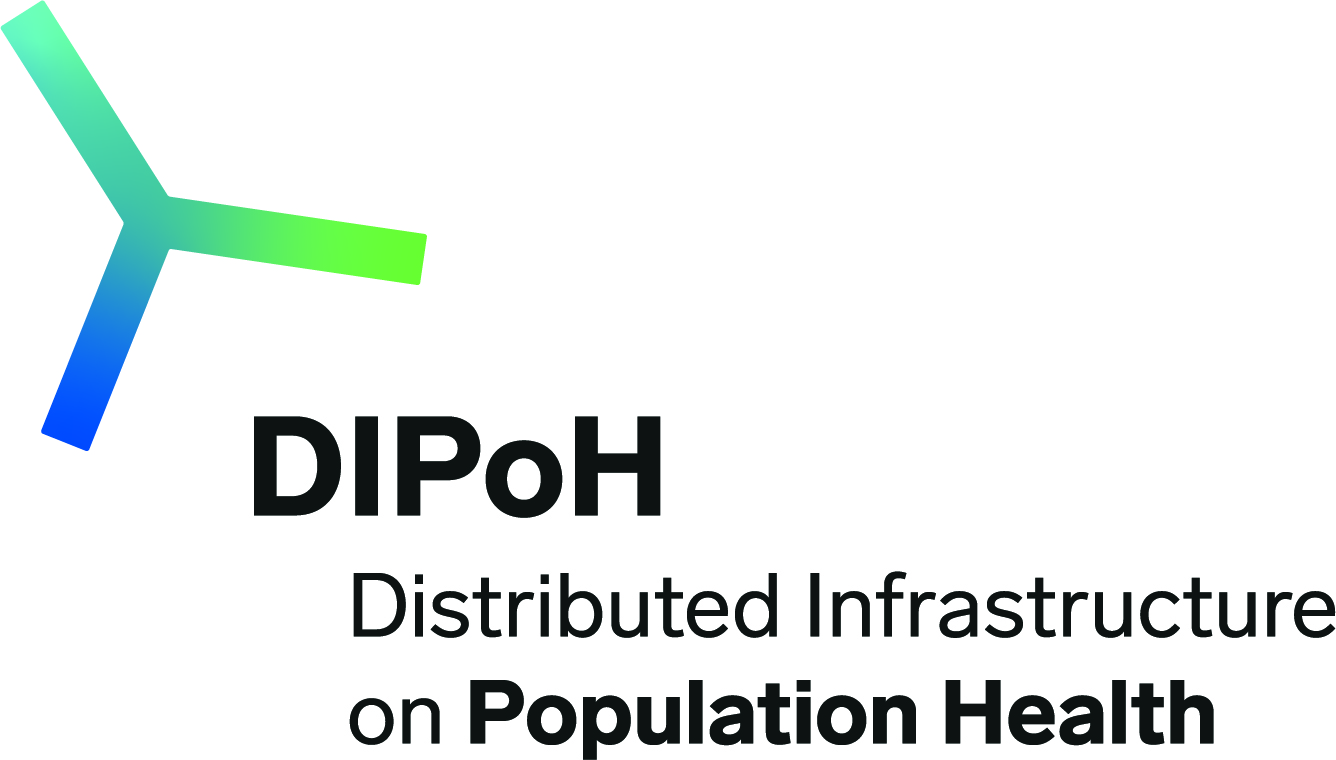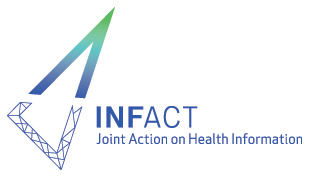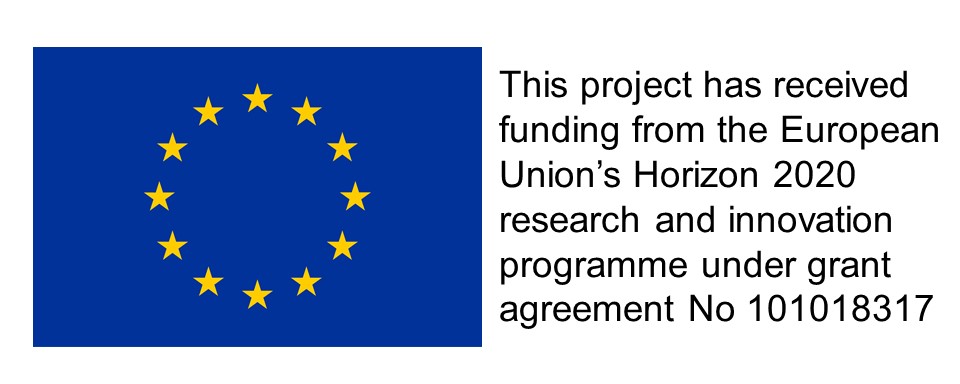Rapid European COVID-19 Emergency Response research
The overall goal of RECOVER is to understand the COVID-19 pandemic through clinical research in order to transform patient care and public health responses.





This page offers information about European Health initiatives. Would you like to find more initiatives in Europe? Consult this list!
The overall goal of RECOVER is to understand the COVID-19 pandemic through clinical research in order to transform patient care and public health responses.
IHI's core goals are to translate health research and innovation into tangible benefits for patients and society, and ensure that Europe remains at the cutting edge of interdisciplinary, sustainable, patient-centric health research. Health research and care increasingly involves diverse sectors. By supporting projects that bring these sectors together, IHI will pave the way for a more integrated approach to healthcare, covering prevention, diagnosis, treatment, and disease management.
At the Innovative Medicines Initiative (IMI), we are working to improve health by speeding up the development of, and patient access to, innovative medicines, particularly in areas where there is an unmet medical or social need. We do this by facilitating collaboration between the key players involved in health research, including universities, research centres, the pharmaceutical and other industries, small and medium-sized enterprises (SMEs), patient organisations, and medicines regulators. IMI is the world's biggest public-private partnership (PPP) in the life sciences. It is a partnership between the European Union (represented by the European Commission) and the European pharmaceutical industry (represented by EFPIA, the European Federation of Pharmaceutical Industries and Associations). Through the IMI2 programme, we have a €3.3 billion budget for the period 2014-2020.
The goal of IMI, particularly in its second phase (IMI2, 2014-2020) is to develop next generation vaccines, medicines and treatments, such as new antibiotics. Our projects will provide Europeans, including the increasing numbers of older people, with more efficient and effective medicines and treatments. Greater coordination across industry sectors will result in more reliable and faster clinical trials, and better regulation. Our research and innovation efforts will also open new commercial possibilities based on new services and products. The research, industry and societal sectors involved in IMI2 will benefit from the cooperation and knowledge sharing which take place in these projects.
In particular, our projects aim to:
The European Urban Health Indicators System Part 2 (EURO-URHIS 2) project commenced on 1st January 2009. The project followed on from EURO-URHIS, which developed a network of 60 urban areas across Europe. The EURO-URHIS initiative sought to find the availability of many health indicators across Europe, and to describe some features of health that, whilst not specific only to urban situations, have a major impact on the health of urban residents.
The EURO-URHIS 2 project has resulted in the largest set of individual level Urban Health Indicators in the world. These indicators have been analysed for the urban areas involved in the project and Health Profiles have been created. Please follow the relevant links to find download the Health Profiles and view the interactive results at our results website.
The main aim of JA:EHLEIS is (i) to provide a central facility for the co-ordinated analysis and synthesis of life and health expectancies to add the quality dimension to the quantity of life lived by the European populations, (ii) provide evidence of inequalities between Member States (MS) and (iii) highlight potential targets for public health strategies both nationally and at a pan-European level.
Two previous projects have been conducted to promote the Structural Indicator HLY, based on the development of an Information System and research work to monitor health trends and gaps in Europe.
During the first phase (2004-2007) the EHEMU project developed several summary measures of population health (SMPH) indicating the quality of the remaining years that a person is expected to live (i.e. free of chronic disease, free of disability and in good perceived health).
In the second phase (2007-2010) the EHLEIS project began to systematically monitor health trends and gaps among the European countries and to identify their determinants through the survey instruments developed by EHEMU and included in the new pan-European survey SILC (European Statistics on Incomes and Living Conditions) and SHARE (Survey on Health, Ageing and Retirement in Europe).
TEHDAS, the joint action Towards the European Health Data Space, helps EU member states and the European Commission to develop and promote concepts for the secondary use of health data to benefit public health and health research and innovation in Europe. Its goal is that in the future European citizens, communities and companies will benefit from secure and seamless access to health data regardless of where it is stored.
The Data Portal brings together and continuously updates the relevant COVID-19 datasets and tools.
An unprecedented number of scientific efforts are taking place worldwide in order to help combat the new coronavirus epidemic (COVID-19). One of the biggest challenges in this fast-moving situation is to share data and findings in a coordinated way, in order to understand the disease and to develop treatments and vaccines.
To address this challenge, EMBL-EBI and partners operate the COVID-19 Data Portal, which brings together relevant datasets submitted to EMBL-EBI and other major centres for biomedical data. Our aim is to facilitate data sharing and analysis, and to accelerate coronavirus research.
The COVID-19 Data Portal enables researchers to upload, access and analyse COVID-19 related reference data and specialist datasets.
The COVID-19 Data Portal is the primary entry point into the functions of a wider project, the European COVID-19 Data Platform.
The BeYond-COVID project aims to make COVID-19 data accessible to scientists in laboratories but also to anyone who can use it, such as medical staff in hospitals or government officials.
Going beyond SARS-CoV-2 data, the project will provide a framework for making data from other infectious diseases open and accessible to everyone.
Through country collaboration, InfAct streamlines health information activities across Europe. It builds towards a sustainable and solid infrastructure on EU health information and strengthens its core elements based on capacity building, health information tools and political support.
